Idaea dimidiata
(Hufnagel, 1767)
-
 Subfamily: Sterrhinae, Sterrhini
Subfamily: Sterrhinae, Sterrhini -
 Wingspan: 15-19 mm
Wingspan: 15-19 mm -
 Flight period: Jun - Aug
Flight period: Jun - Aug -
 Spread: Common
Spread: Common -
 Host plants: Polyphagous
Host plants: Polyphagous
Information
The Idaea dimidiata also called Single-dotted Wave is a moth of the Geometridae family, subfamily Sterrhinae, with a wingspan of 15-19 mm.
It is distributed throughout Europe, in Italy it is also present in the islands. *
Its range extends throughout the Palearctic region, as well as in Canada and in most of the northern regions of the United States of America.
The wings of Idaea dimidiata vary from brown - yellowish to brownish-whitish or white-reddish, with markings ranging from dark gray to dark brown.
The median band and the two traversal lines can be incomplete or interrupted. The costa is of the background color of the wing marked by a series of more or less evident dark spots.
On the front wings there is a clear wavy line, which is limited mainly to the inner edge and marked on both sides by dark spots in the marginal field.
The front and rear wings have black discal spots, which are sometimes barely hinted at on the front wings.
The marginal spots are connected by a thin brown line.
The hind wings are very similar to the front wings, but with little marked markings.
Head, thorax are in the background color of the wings, the abdomen is the same color but with dark markings. .
bivoltine moth the adult of this species flies from June to August. ***
The adults are nocturnal, and are attracted to artificial light, they prefer humid environments such as swampy woods, swamps and river banks, but also mixed woods,
deciduous forests, gardens, spots and parks.
The pupation takes place inside plant residues held together by a silky threads. **
The eggs are ovoid of white color, knurled. **
The larvae are light brown, rough with small growths all over the body, on the back are visible black brown black marks in the shape of "V" .
The pupa is ocher in color with light brown in the abdominal area and on the Cremaster.
The larva is polyphagous and feeds on many plant species such as Hypericum, Anthriscus and Pimpinella.
* Lepidoptera mundi https://lepidoptera.eu/ - Fauna Europea https://fauna-eu.org/
** Bestimmungshilfe für die in Europa nachgewiesenen Schmetterlingsarten - http://lepiforum.de/
*** Roland Robineau, Guide de papillons nocturne de France, Delachaux et Niestlé, 2011 p.40

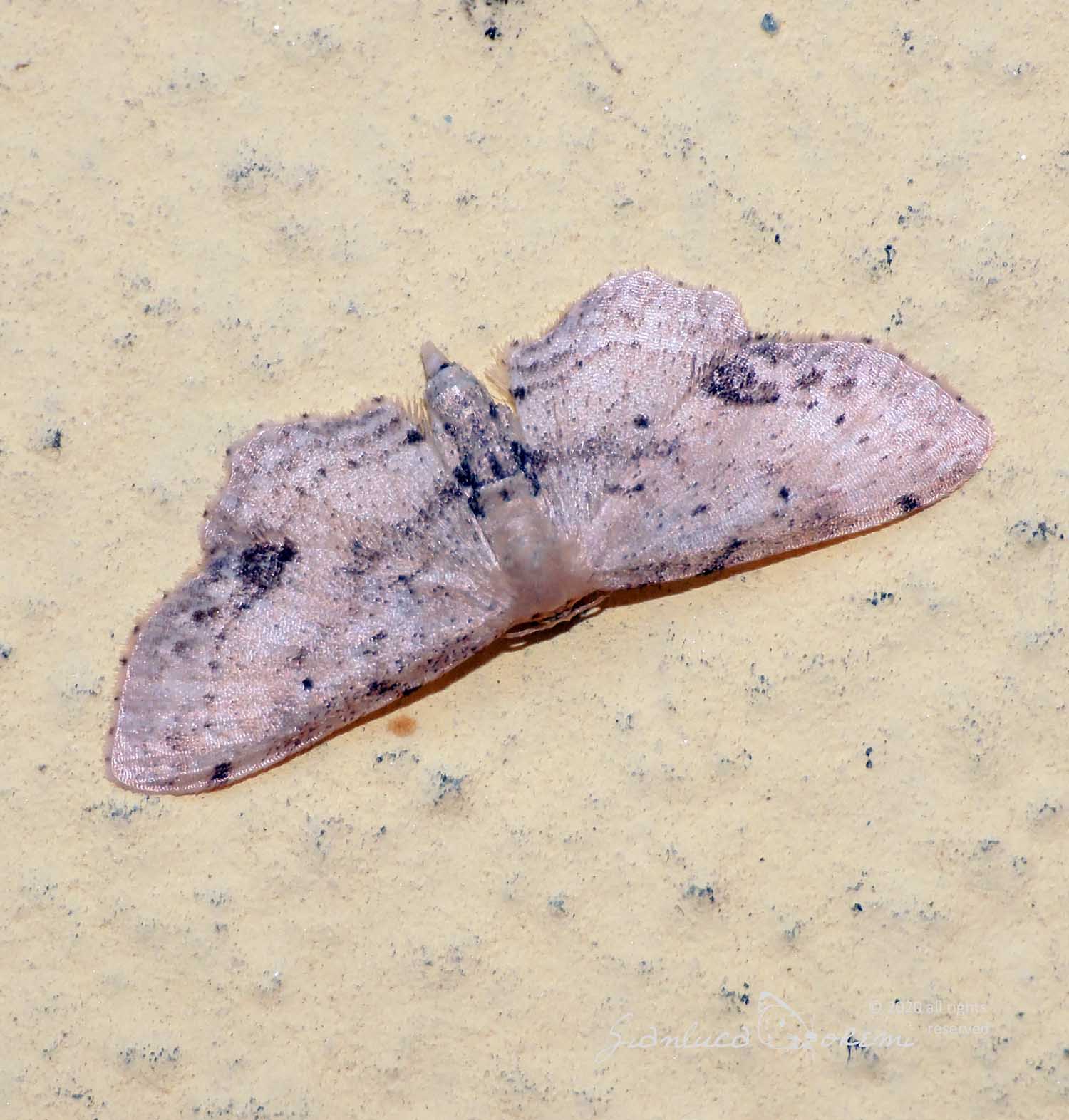
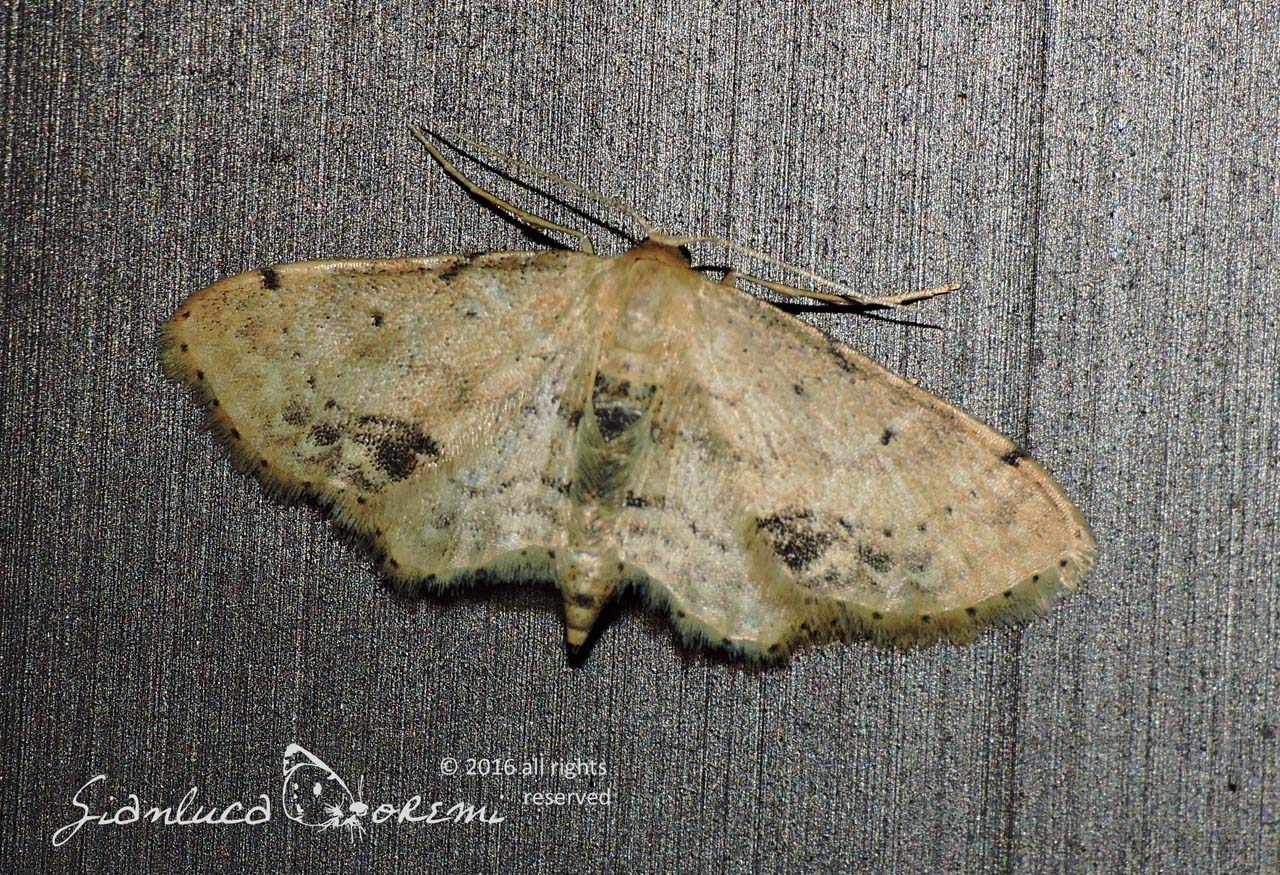

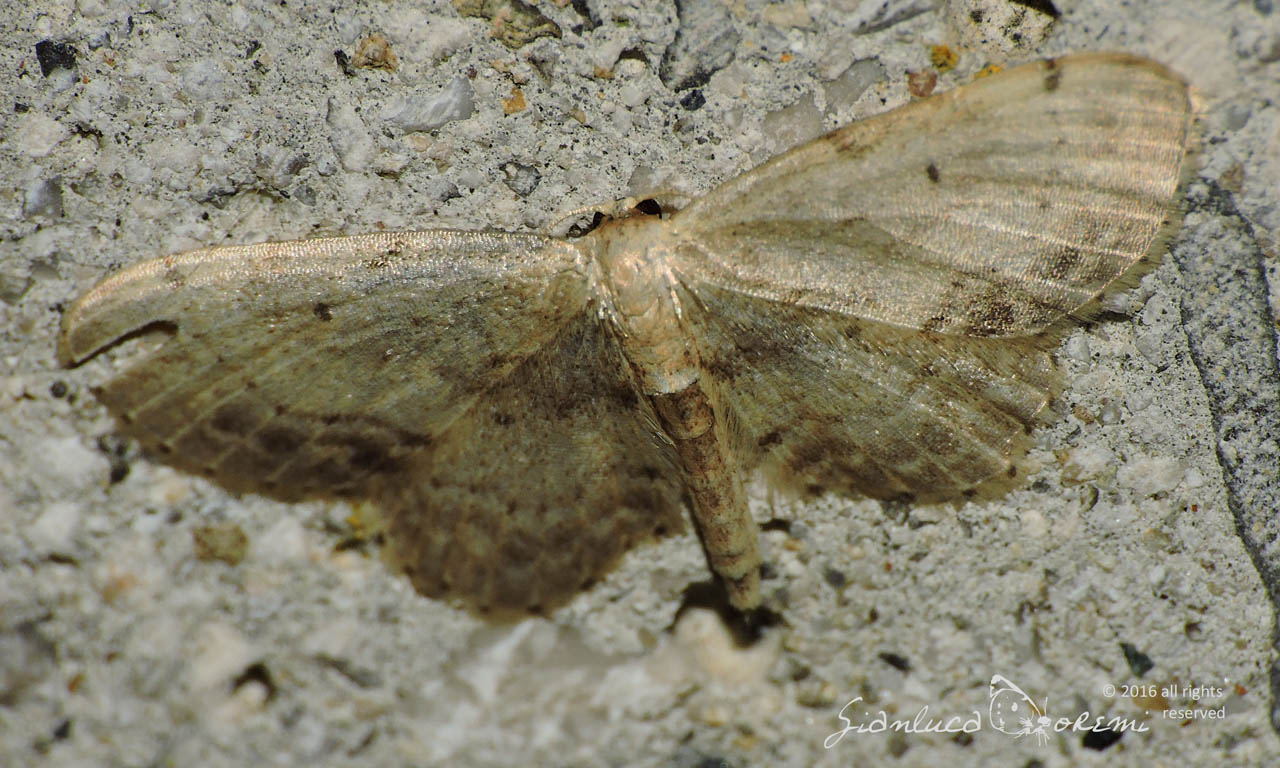
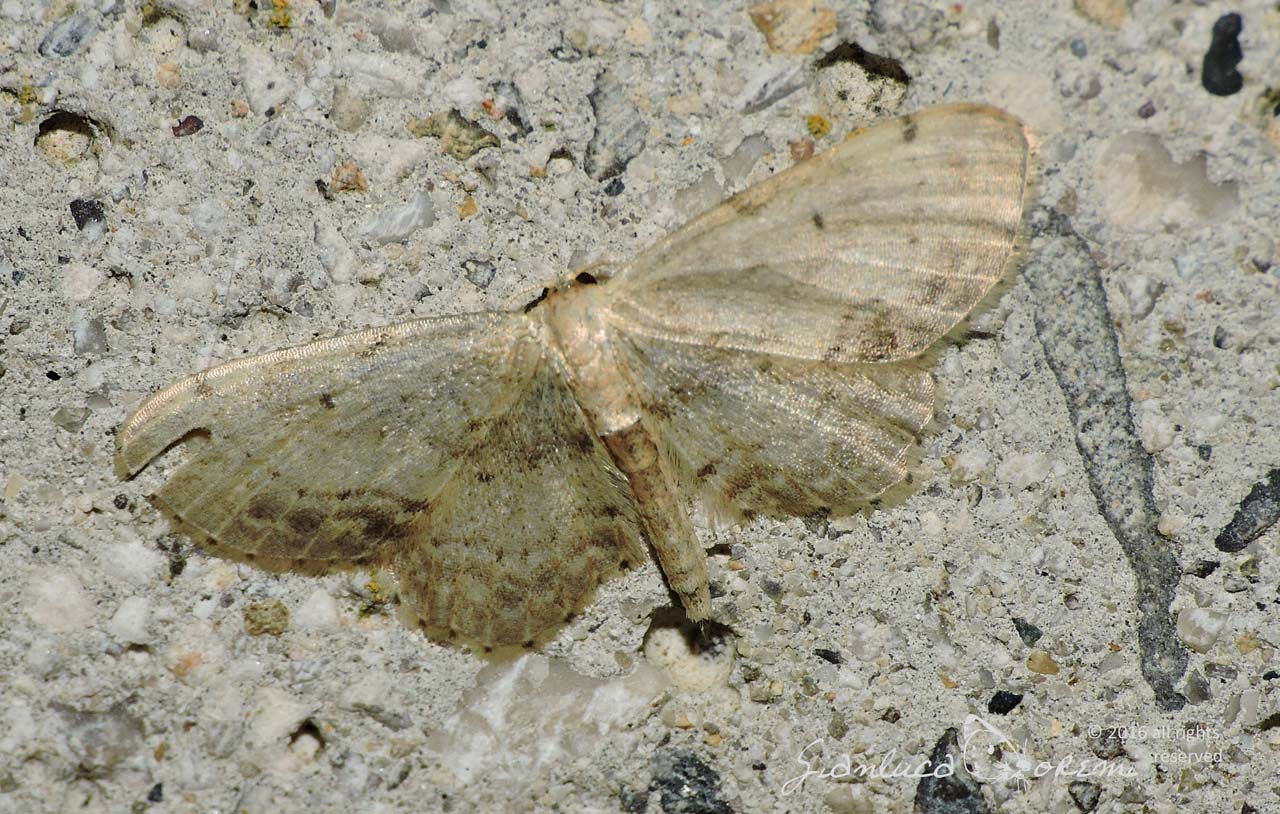
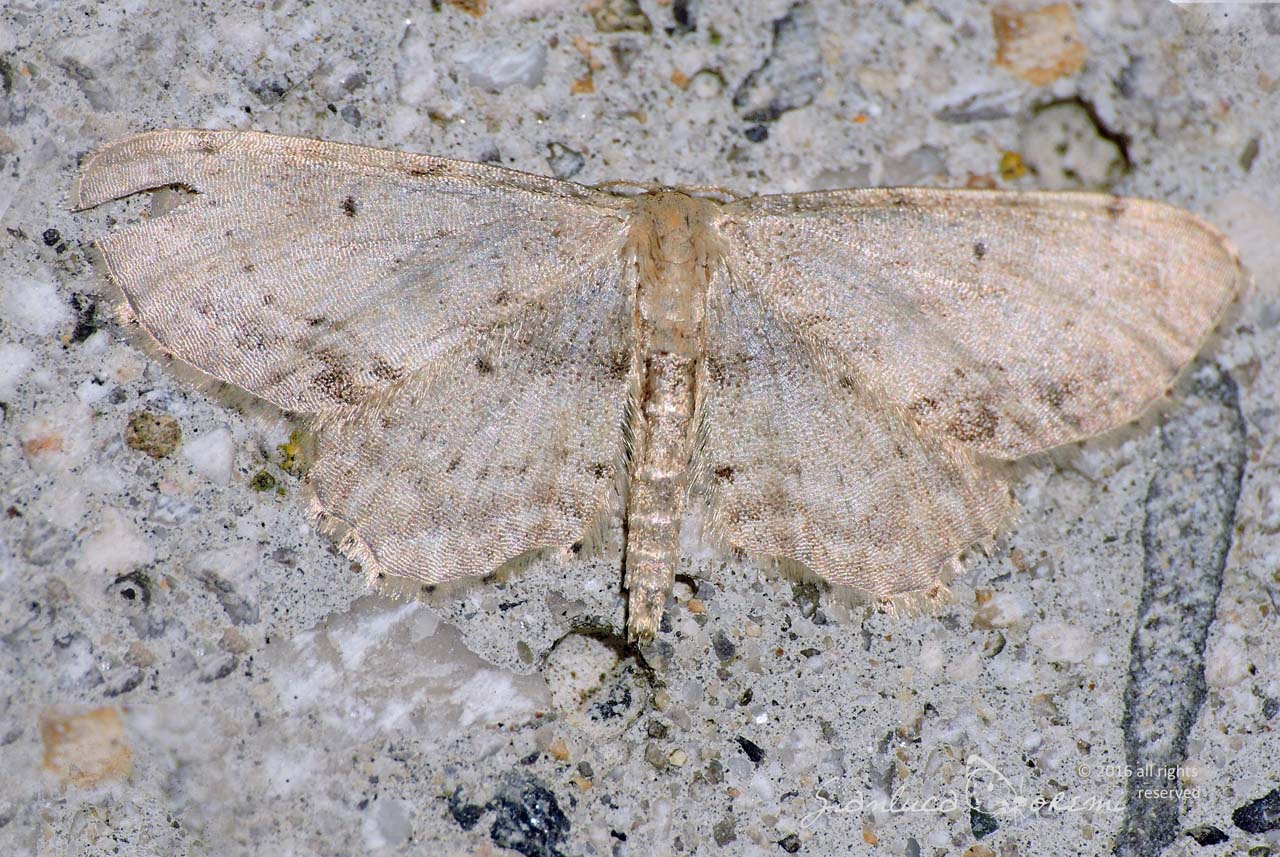
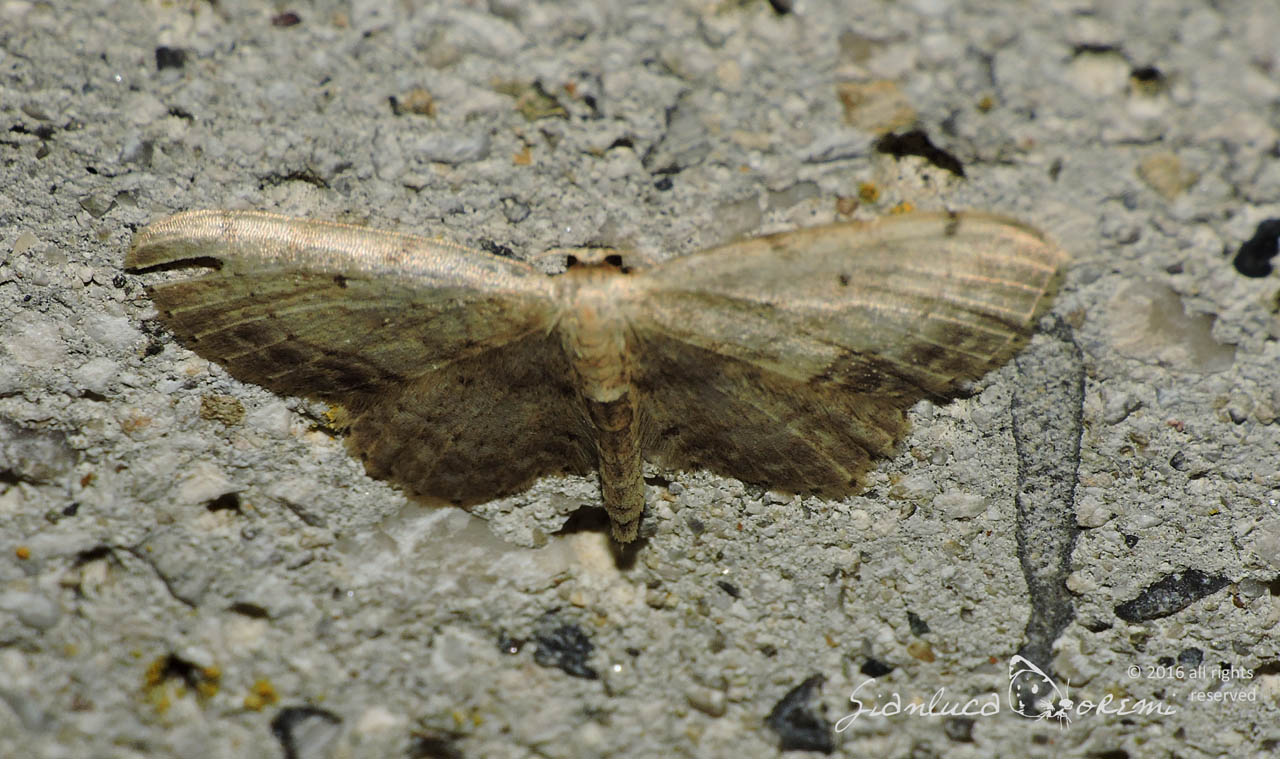
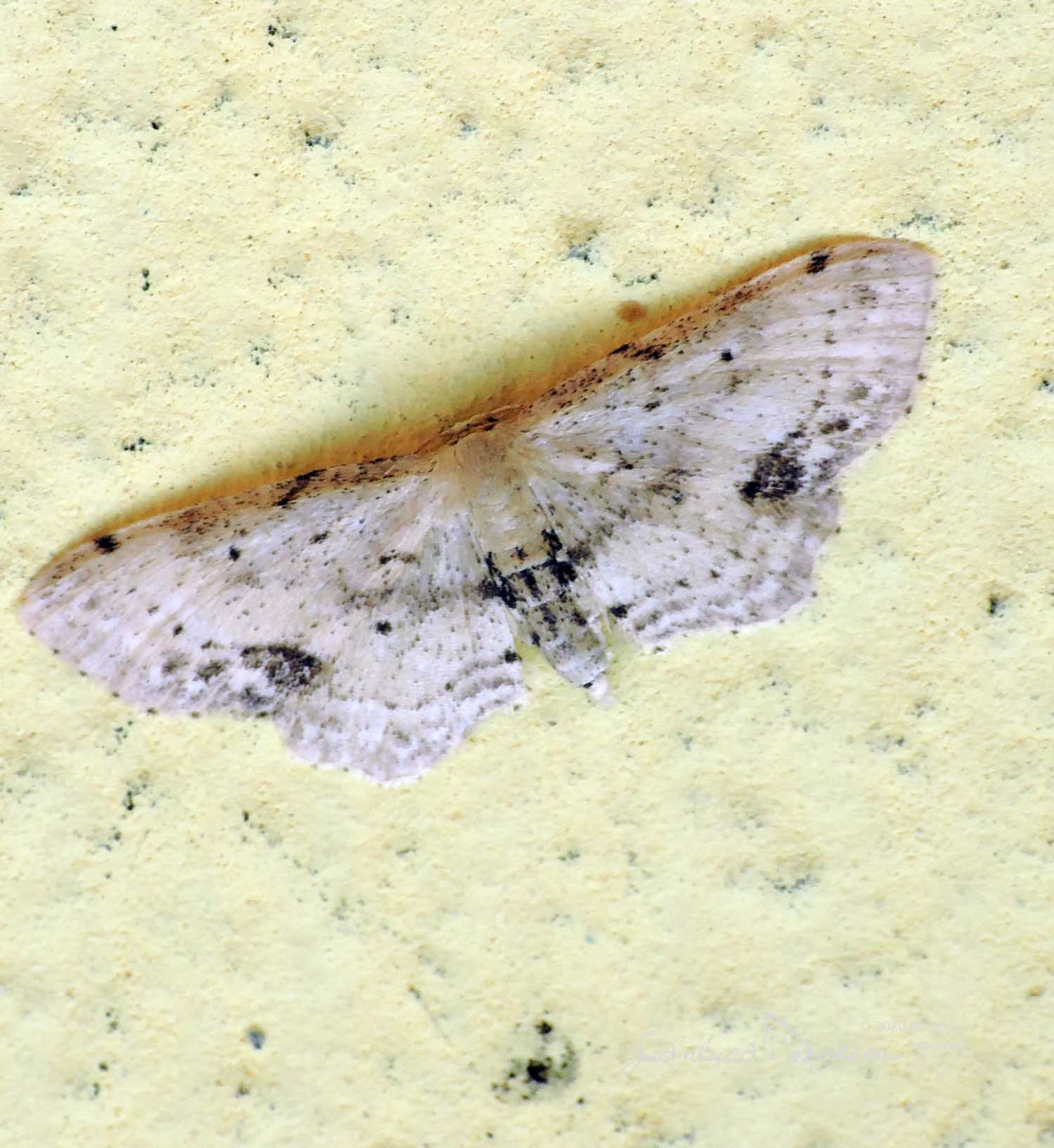
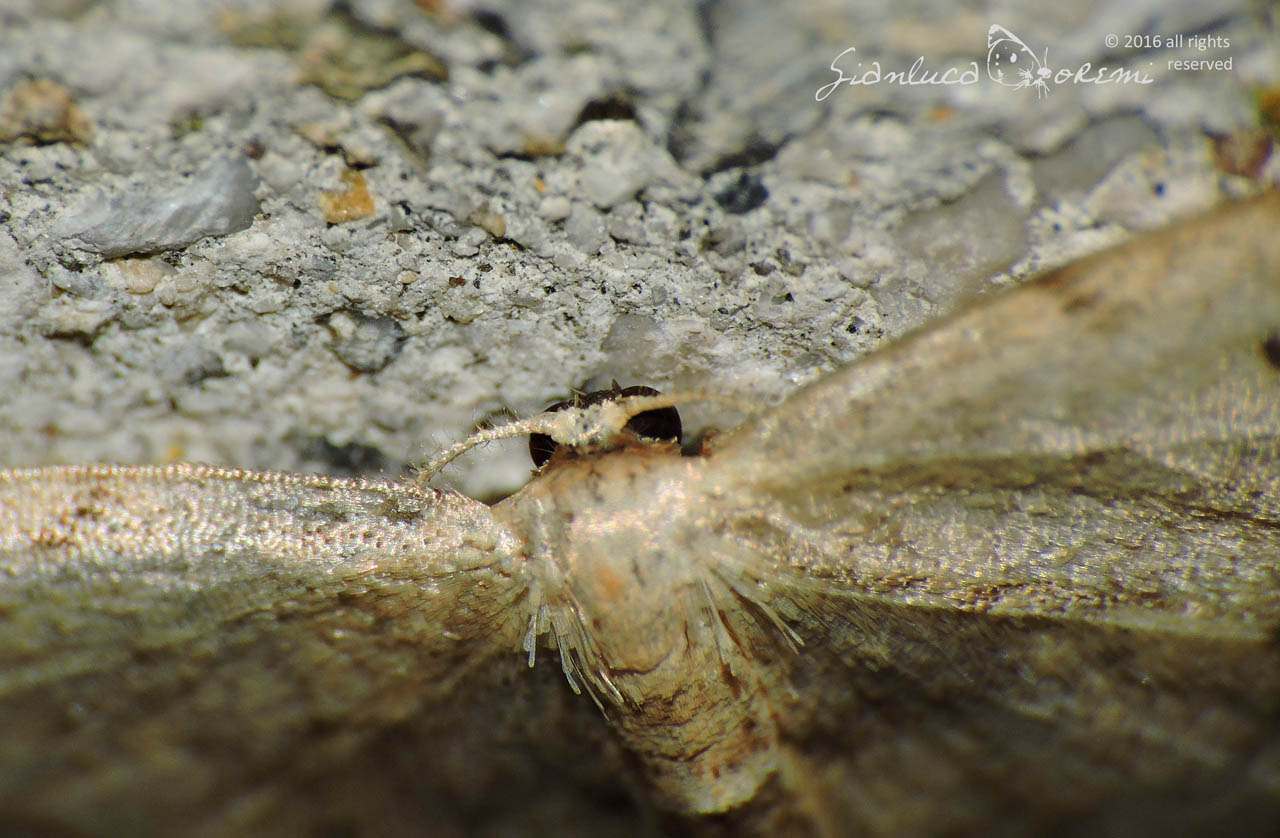
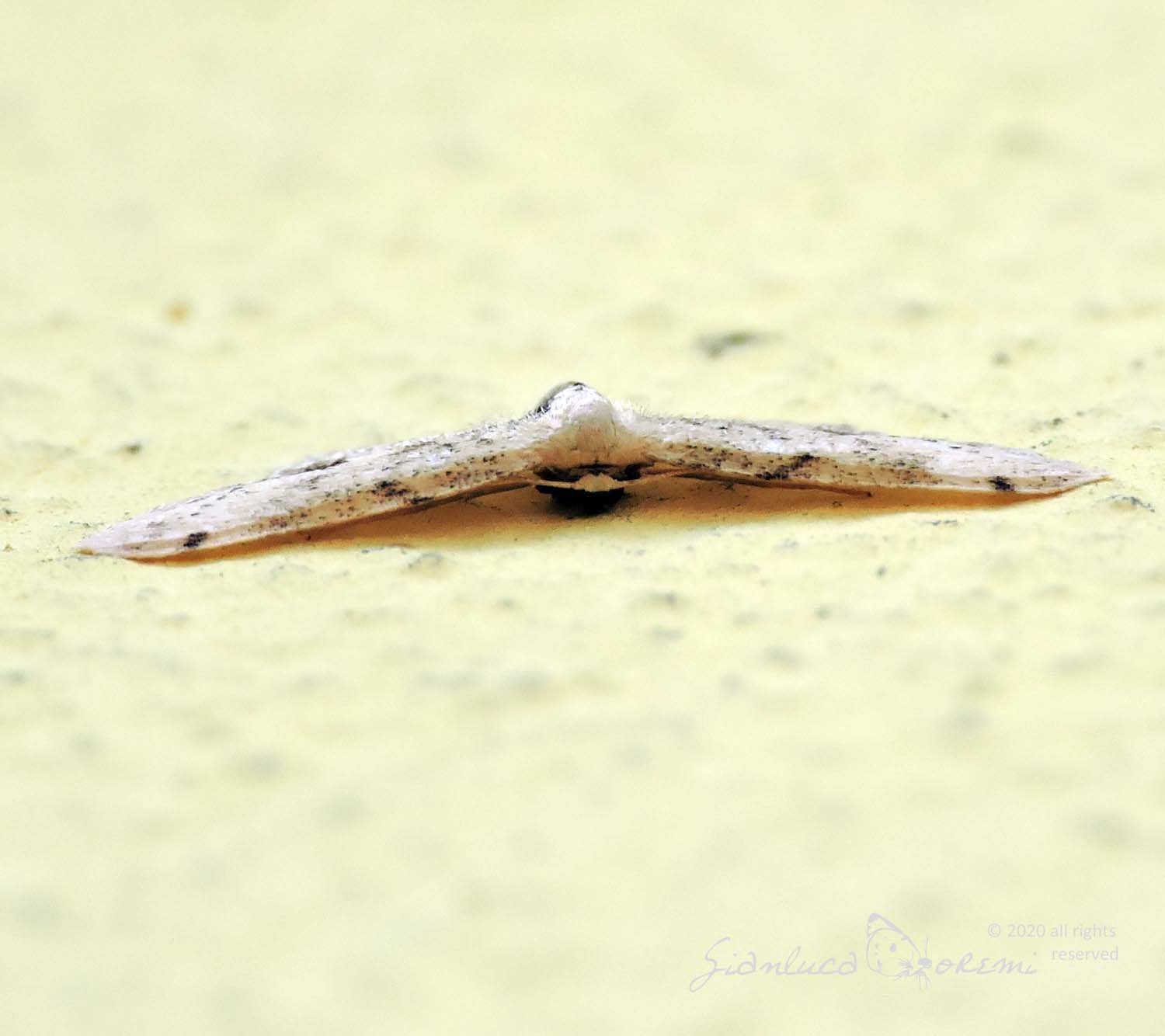
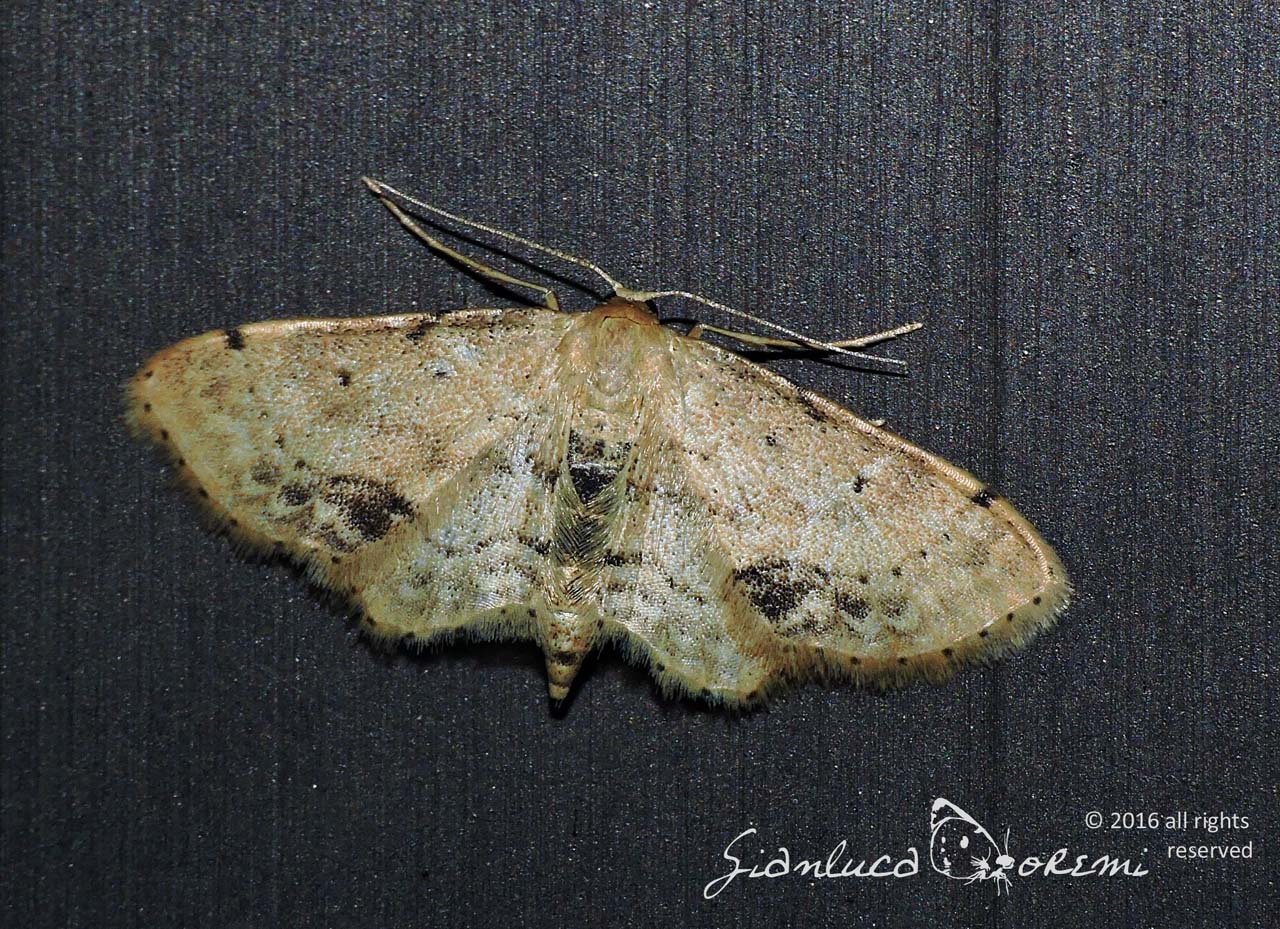
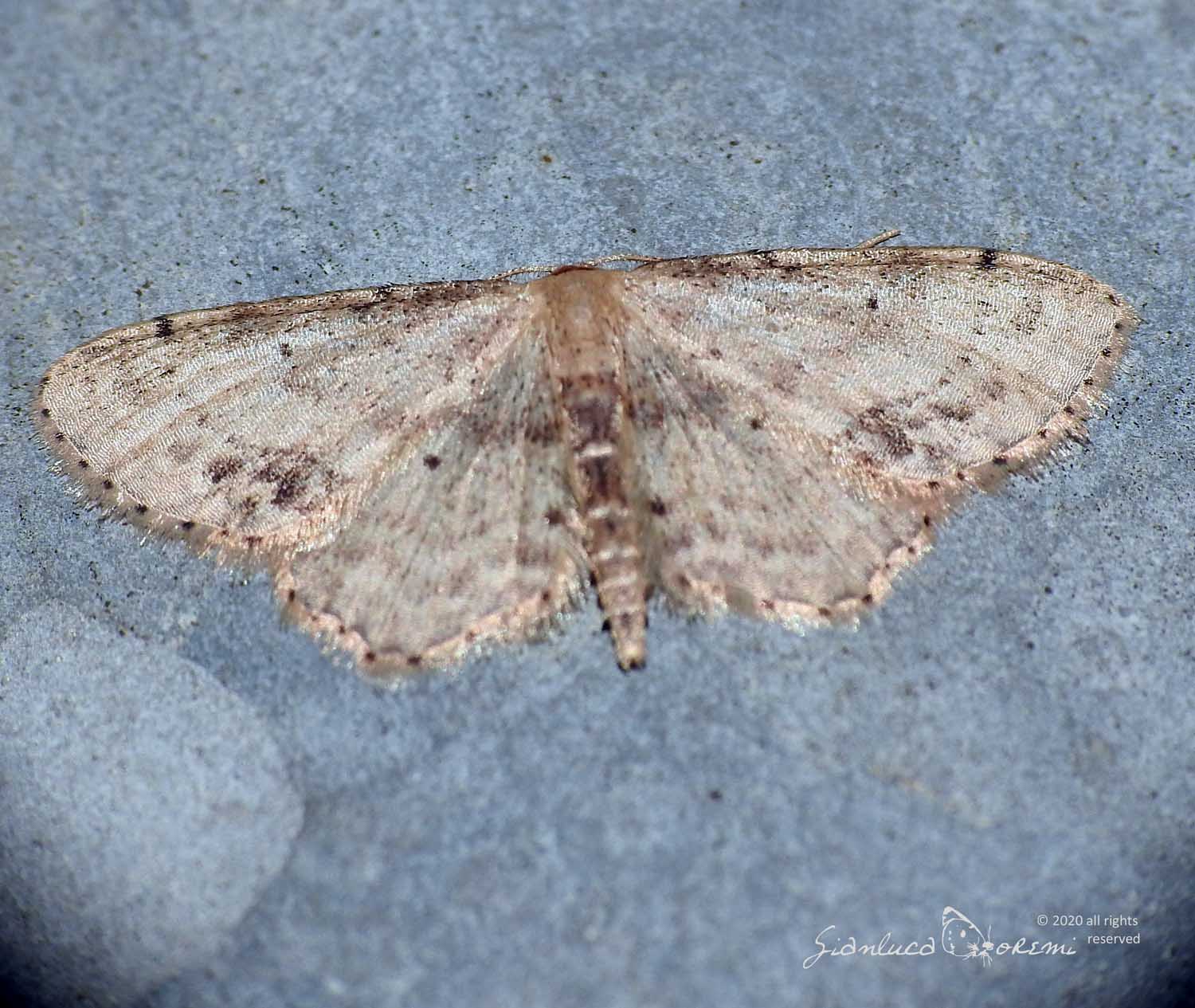

 EN
EN ITA
ITA
Social and publications